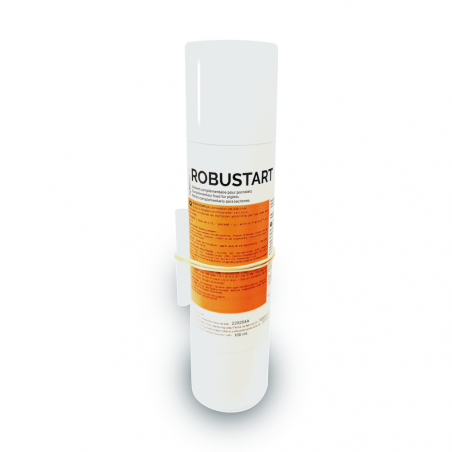As E coli is an important microbe associated to neonatal diarrhoea, the role of E coli was scrutinized in piglets with diarrhoea in a herd affected by new neonatal porcine diarrhoea (NNPD).
The herd had been affected by neonatal diarrhoea of unknown origin since a year. No antibiotic was added to the food, but piglets affected by NNPD were individually medicated. The offspring to 31 sows that farrowed within three days in a farrowing batch was studied in detail. Fecal samples were collected from 23 piglets clinically diagnosed with NNPD at the day of birth, as well as from 11 apparently healthy piglets at that day. All samples were collected before any medical treatment was initiated. The fecal E coli-flora was biochemically fingerprinted and the diversity of the flora was defined in each pig. Thereafter, the floras of the pigs with diarrhoea were compared with the floras of the apparently healthy piglets.

The diversity of the fecal E coli flora was high in both healthy piglets and in piglets affected by NNPD. In total, 8 different dominant clones of E coli were identified in the 11 healthy piglets and 17 dominant clones were identified in the 23 piglets affected by NNP. One out of the 17 clones identified from the piglets diagnosed with NNPD was defined as OX46, an inofficial serotype of E coli that occasionally have been diagnosed in Sweden since the 70ies. The remaining 16 clones did not belong to any serotype that was included in the panel. Nor did the panel identify any specific serotype from 5 out of the 8 dominant clones identified in the healthy piglets.
The diversity of the flora of pigs with diarrhoea induced by E coli will be very low due to the impact of the causative strain which will dominate the intestinal flora. Therefore the results obtained suggest that E coli not is responsible for NNPD, as also previously concluded. This conclusion was further strengthened by the lack of a common dominating clone of E coli in the 23 piglets diagnosed with NNPD. In this herd, an initial treatment success of NNPD with penicillin-G had to be altered to Trim-sulfa. As the two substances have different antimicrobial spectras, the unclear cause of NNPD was further elucidated. We are suspecting a viral etiology for this syndrome, where an agent has been recognised and work is in progress to establish the correlation between it and the syndrome in question.
P. Wallgren, S.Mattsson, M. Merza. New neonatal porcine diarrhoea. II. aspects on etiology. IPVS, 2012.




